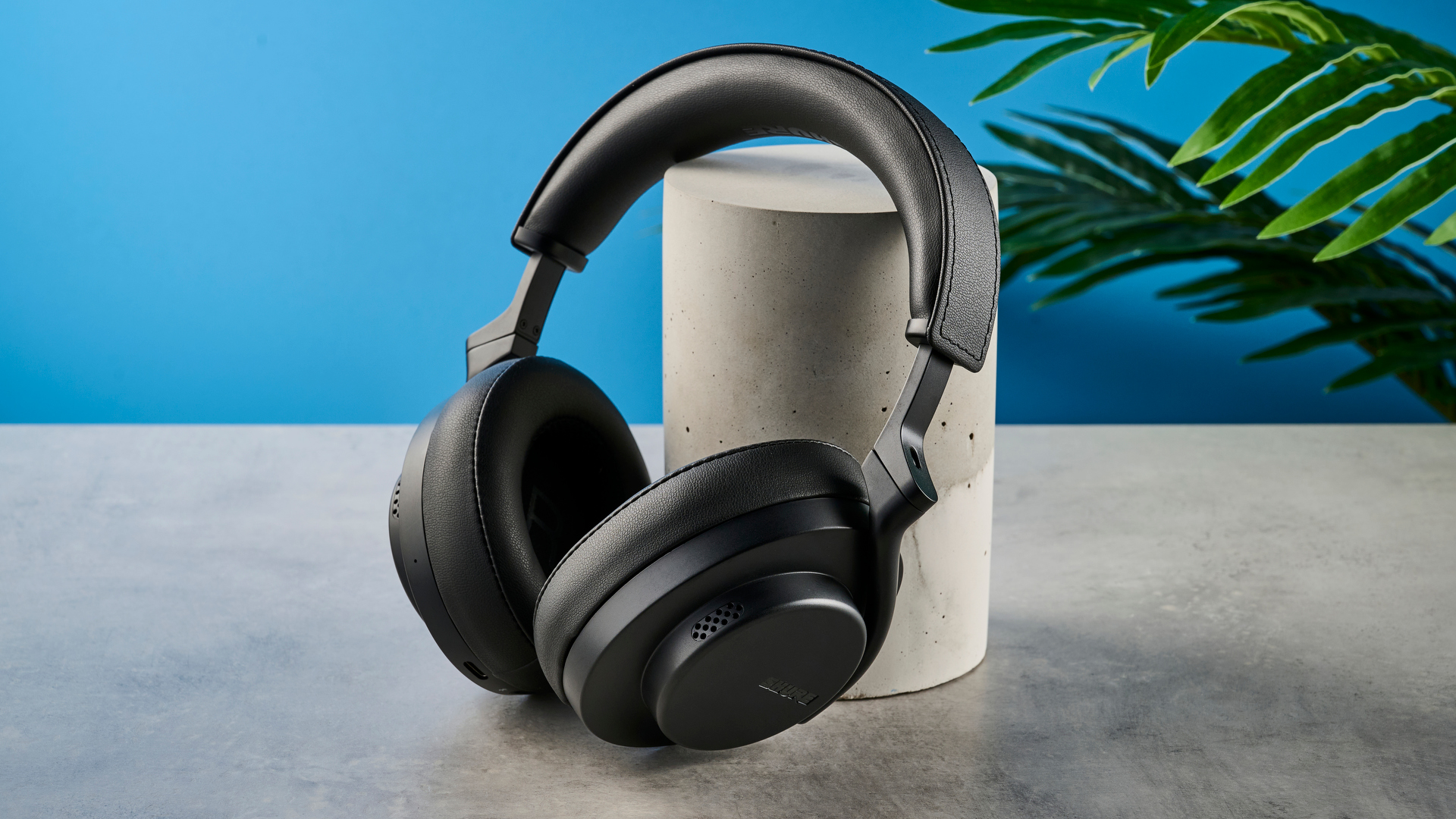
What does a set of premium daily headphones in 2024 need to do, especially when they cost $349? You of course want decent sound quality, but you can have that without the creature comforts that have become almost ubiquitous in a set of cans designed for everyday use. For that money, I also expect solid ANC for my commute or travelling, a decent microphone for calls, and wear detection so you can pick up exactly where you left off.
These are features the best over-ear headphones in this price range already offer — like the Bose QuietComfort Ultra ($379) and Sony WX-1000XM5 ($399), for instance. Unfortunately, Shure’s latest set of premium ANC headphones, the Aonic 50 Gen 2 ($349) fall short of such lofty competition. I just spent a couple of weeks testing them for my Shure Aonic 50 Gen 2 review, and while I was blown away by the sound quality, these pricey headphones left a lot to be desired during everyday use, which is exactly what they’re designed for. So, what went wrong?
Studio-quality sound
Let me start off by saying that the Aonic 50 Gen 2’s perform phenomenally in the audio department, living up to Shure’s studio sound pedigree. During testing, I played a range of music over USB-C at lossless quality using Apple Music and Napster, and was super impressed by the Aonic 50 Gen 2’s fidelity.
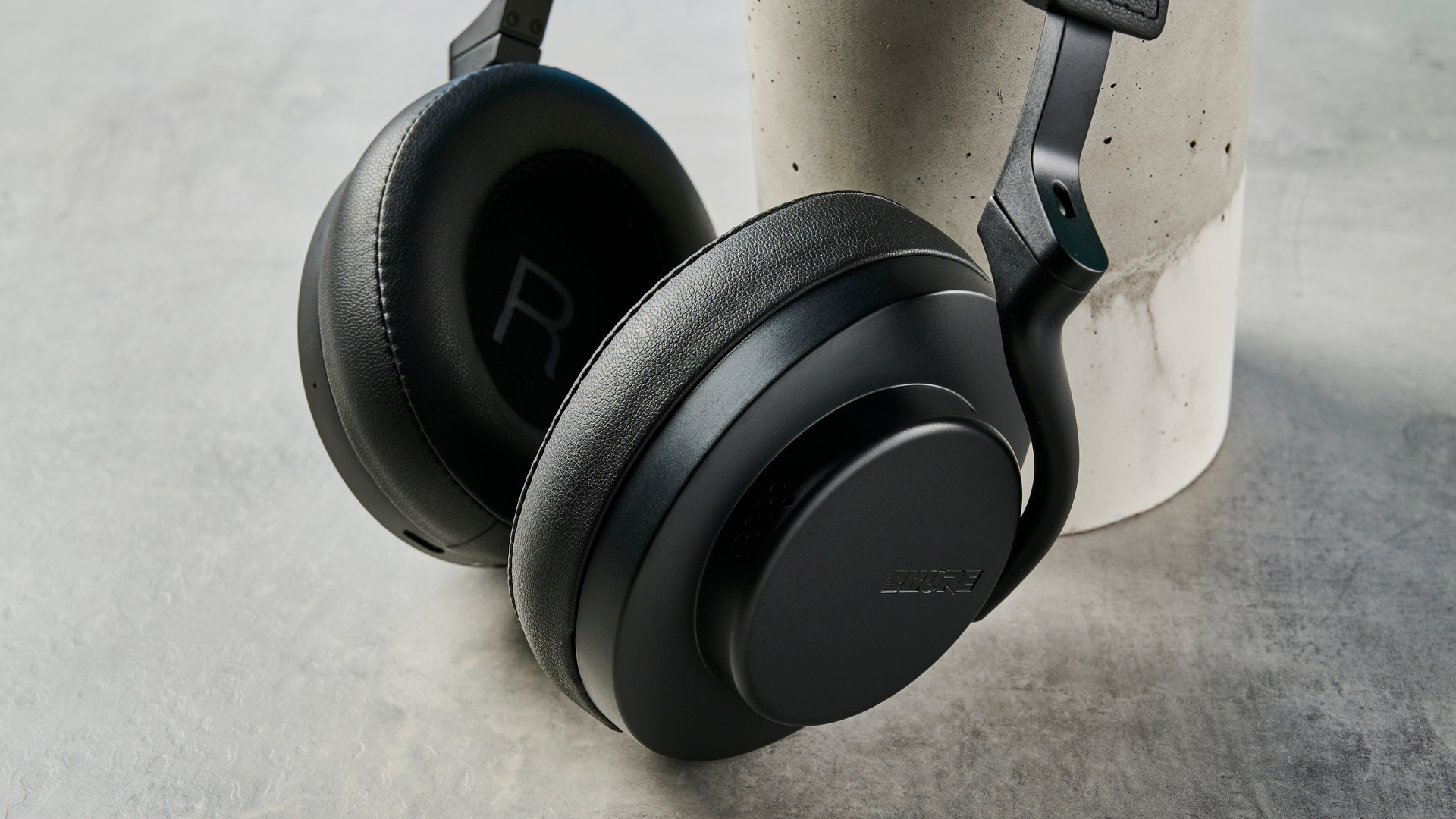
They aren’t super bassy by default, but are incredibly well balanced, allowing even the subtlest elements of songs to stand out of the mix without sounding unnaturally pronounced. As I mentioned in my review, Stevie Nicks’ ethereal vocals in Fleetwood Mac’s 2004 remaster of “Dreams” were a particular treat, as was “Canned Heat” by Jamiroquai, where the fluttering funk guitar riff can so easily be overwhelmed by Jay Kay’s vocals, the throbbing bassline and choral synths — but not here.
That said, with their large 50mm drivers, when you want these headphones to hustle, they can: the powerful, pounding bass notes of “Can’t Knock The Hustle” by Jay-Z (featuring Mary J. Blige) were relayed without a hint of distortion, as was the deep sub-bass of Skream’s gritty “Midnight Request Line”. Both major players in the soundtrack of my teens here in the U.K., each song did its fair share in ruining my car speakers on more than one occasion, so it was gratifying to hear them relayed so cleanly, even on Bass Boost EQ.
Mic drop
Sound is the core element of headphones, so isn’t that enough? Well, no. If you want great sound alone, you can spend far less on a set of Shure’s actual studio headphones. But as I mentioned earlier, the Aonic 50 Gen 2s are designed and supposed to be suitable for daily use, and are priced accordingly to compete with other premium all-rounders — the Bose QuietComfort Ultras, Sony WH-1000XM5 and Bowers & Wilkins Px7 S2e ($399).
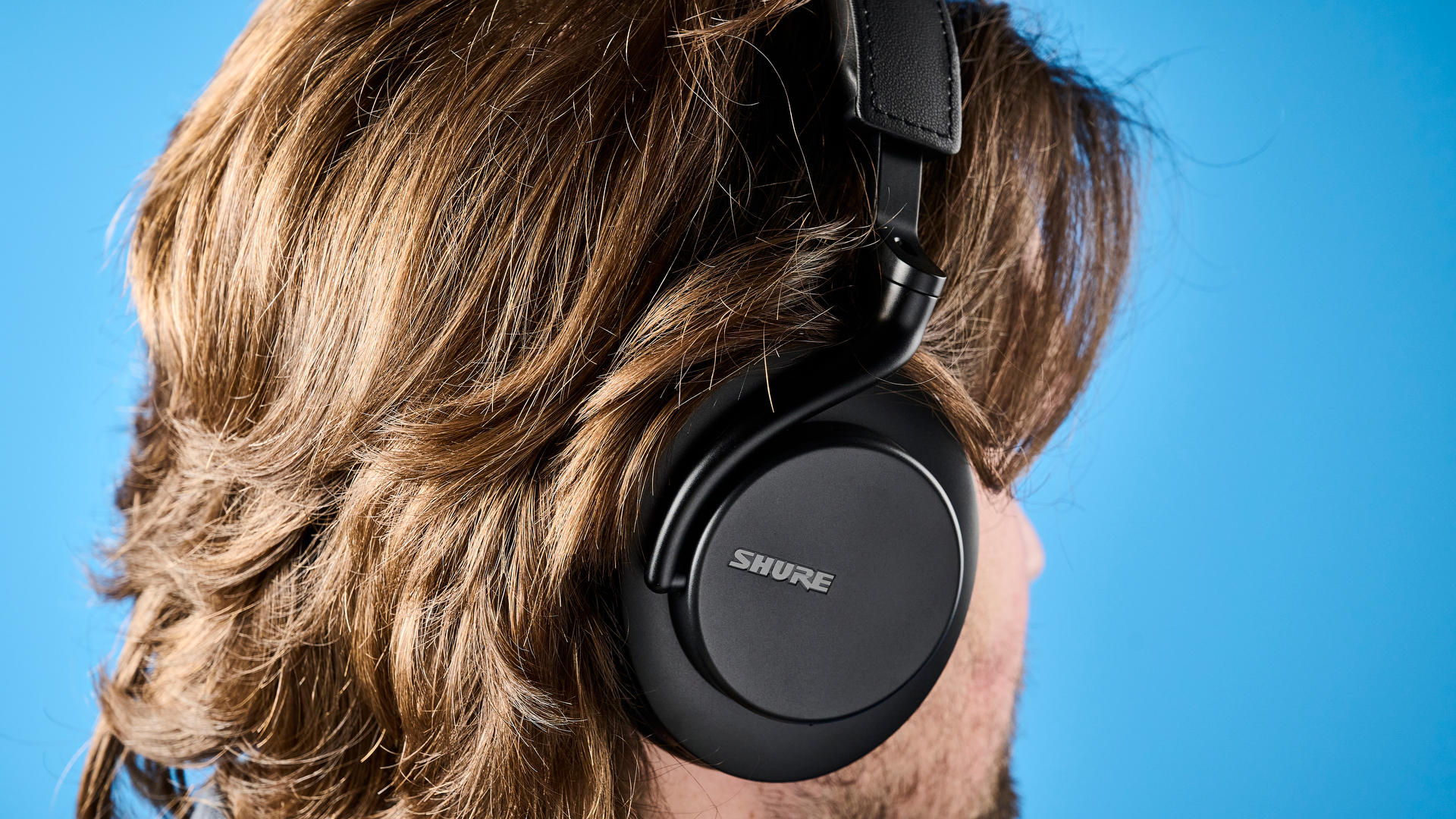
Against such fierce competition, the Aonics just don’t cut it, and the most pertinent issue is the microphone, whose signal is distorted, muffled and noisy. In moderately loud environments it was virtually impossible to use on calls. On several calls to my partner, she couldn’t make out what I was saying, forcing me to switch back to my iPhone — from a brand with such an industry reputation for producing stellar microphones, like the MV7+ Podcast mic, that’s humiliating. To confirm, I ran back-to-back audio tests with my iPhone’s mic, and the Shure’s clips were indeed terrible.
How can a $349 set of headphones designed for everyday use, where calls will make a constant appearance, possibly get by with such a poor microphone?
Inactive noise cancellation
Second on the charge sheet is the Aonic 50 Gen 2’s ANC system, which is similarly unsuited to even moderately noisy environments, and downright unusable at times. At quieter ambient volumes — at the office or in a car — the ANC performed passably, blocking out most noise, although still letting some disturbances through.
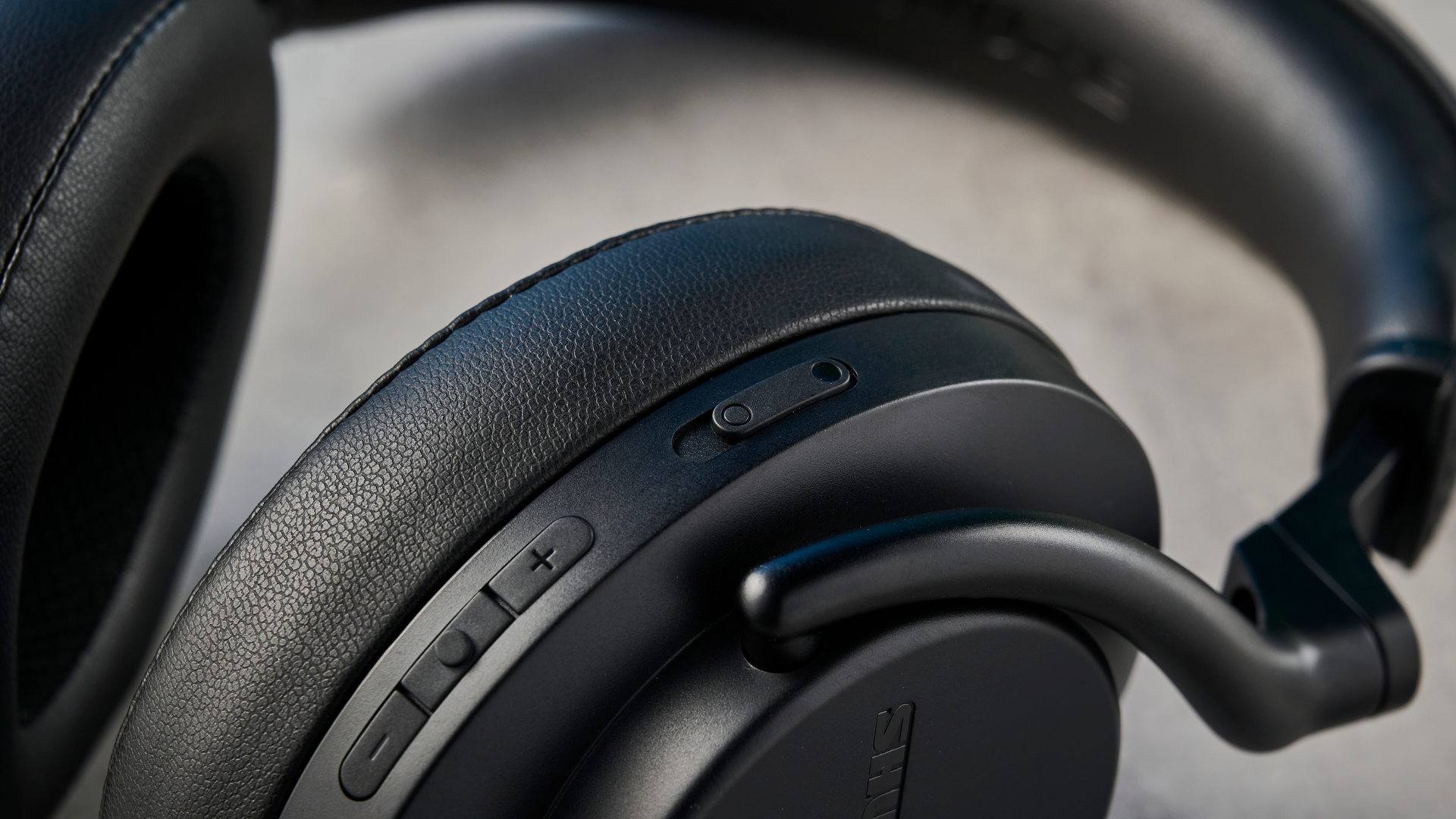
Amid louder scenarios, performance was pretty dismal. On my train commute, the low hum of the diesel engines were easily audible, even with the ANC at maximum. They also failed to block out the sound of a crying baby in the same carriage as me, preventing me from enjoying the podcast I was listening to. I switched back to my AirPods Pro 2 ($249) and, lo and behold, baby gone.
Against the Bose QuietComfort Ultra headphones ($399), which have ANC so good it’ll detach you from reality, the Aonic 50 Gen 2’s again look way out of their depth.
S(h)ure, the Aonic 50 Gen 2’s at least have active noice cancelation, and any ANC is better than no ANC, right? Wrong. The Aonic’s ANC system is particularly susceptible to the tearing or buffeting sound that comes with rapidly changing ambient pressures or blasts of air. This happens on other audio gear, and you may notice a buffeting sound from ANC systems if, for example, there’s a window open in the train or car you’re sitting in, or when walking in high winds. The Shure Aonic 50 Gen 2s take things to a new low here, though. Not only do they buffet with mild changes in pressure, like internal train doors opening and closing, but the sound produced is extremely uncomfortable. Oftentimes, I elected to just switch it off and accept the background noise if I had no alternative headphones on me to switch to.
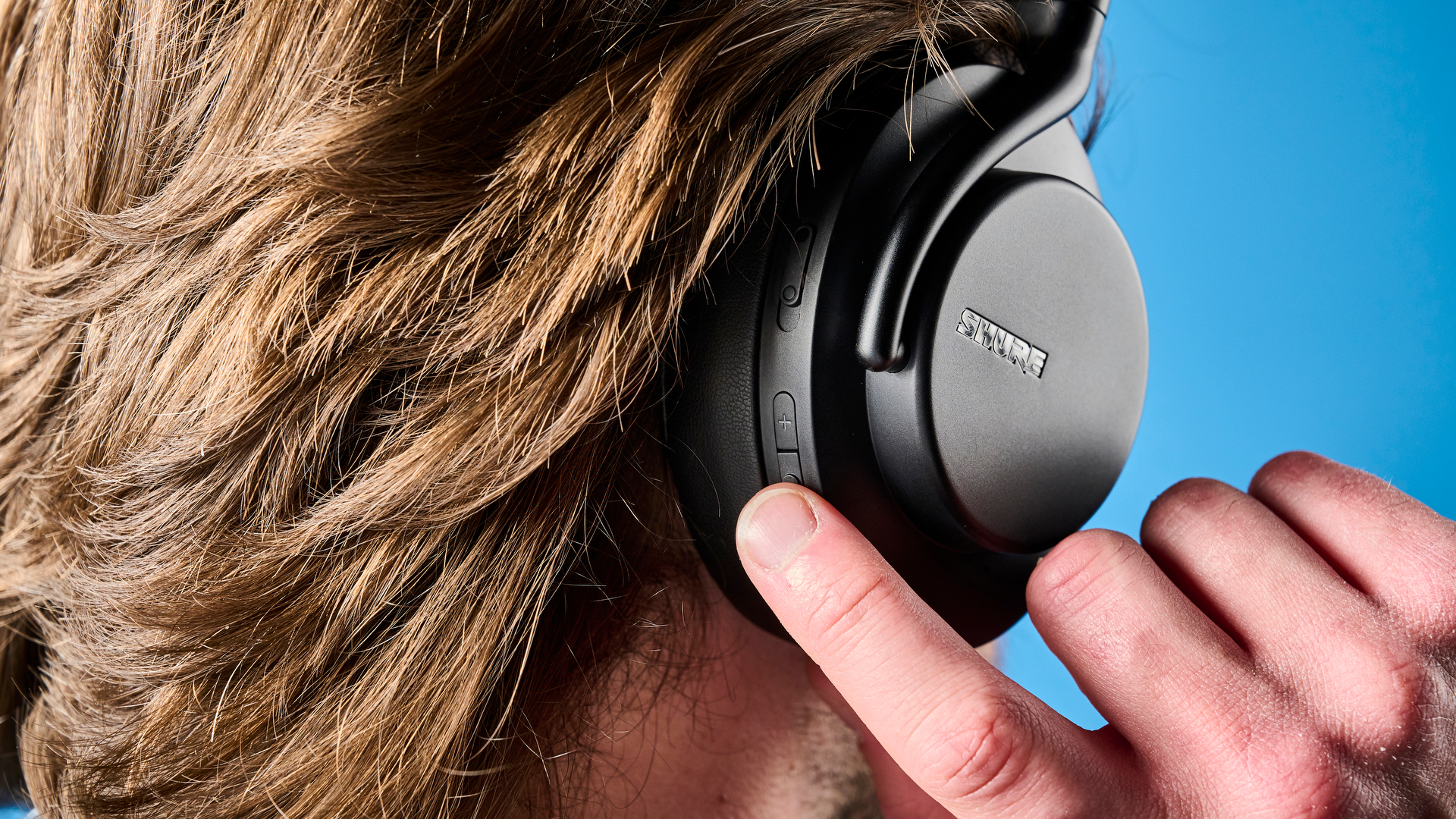
ANC may not be the be-all end-all for you. But again, in a premium set of over-ears like these, which are designed to be used out and about, such a lack of performance is a big turn off.
Creature discomforts
Finally, to bring the rap sheet to an end, there are a few minor indictments that add to the annoyance of using the Aonic 50 Gen 2 day-to-day. Firstly, there’s the lack of wear detection: take the headphones off and your podcast is gonna keep playing. Wear detection is present on the Bose QuietComfort Ultra and Sony WH-1000XM5.
Then there’s a fiddly auto-off feature. You can set an auto-off timer, but this will only apply if you either manually disconnect or take the headphones far enough away from the host device to force disconnect. If you forget to turn them off or don't quite hit the power button, and they're in a nearby room, you'll find yourself with a drained battery. This is definitely something you can get round through force of habit, but it's still another everyday pain I'd rather not have.
Should you buy them?
As I alluded to in the first section, these aren’t totally awful headphones, and were spared a negative review based on their build, sound quality and battery life, which are all excellent. They also come with a solid companion app that gives access to a decent parametric EQ. If that’s all you want, and you find these headphones on sale, they’re worth considering.

However, despite their fantastic audio credentials, I find them difficult to recommend flat out, simply because they don’t do everything they’re supposed to at this price. If you just want great sound and build, hell, there are loads of headphones out there that’ll fit the bill for much less — grab the Sennheiser Accentum cans for $179 or even some of Shure’s own studio headphones. The Aonic 50 Gen 2s are supposed to be an all-rounder: companions that make your commute easy, your calls clear, your life more enjoyable. Other headphones in the same arena do that so well. The Aonic 50 Gen 2s do not.







